

Todaji temple was built at the behest of Emperor Shomu, who hoped to positions Todaji as the head temple and Vairocana Buddha ("Buddha that shines throughout the world like the Sun")as the central Buddhist dety of the Kokubnji system of provincial temples. The inauguration ceremony of the Todaji Great Buddha (Vairocan Buddha) was held in 752 A.D. under the auspices of Bishop Yroben, the founder of the Temple.
Todaji Temple serves both as a place of prayer for peace and affluence on earth, as well as a center of Buddhist doctrinal research, with a special focus on Kegon doctrine.
Although the Temple was burned twice in the fires of war, it is still home to many important cultural properties (architecture, statues, etc.) that were created at the time of founding of the Temple and during the Kamakura restoration period (1185-133). In addition, the Temple maintains a broad range of religious ceremonies, some which date back over a thousand years, such as the famous "Shunie" ceremony (also known as the "Omizutori" ceremony).
Todaji Temple serves both as a place of prayer for peace and affluence on earth, as well as a center of Buddhist doctrinal research, with a special focus on Kegon doctrine.
Although the Temple was burned twice in the fires of war, it is still home to many important cultural properties (architecture, statues, etc.) that were created at the time of founding of the Temple and during the Kamakura restoration period (1185-133). In addition, the Temple maintains a broad range of religious ceremonies, some which date back over a thousand years, such as the famous "Shunie" ceremony (also known as the "Omizutori" ceremony).
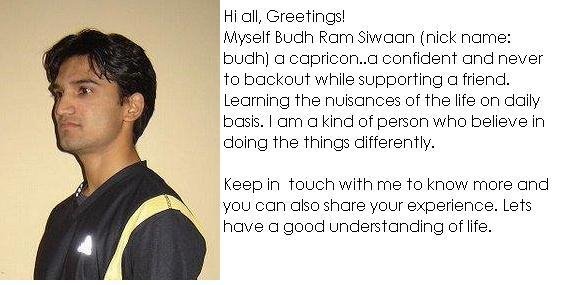


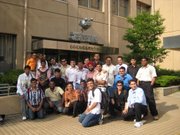
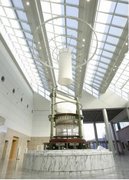
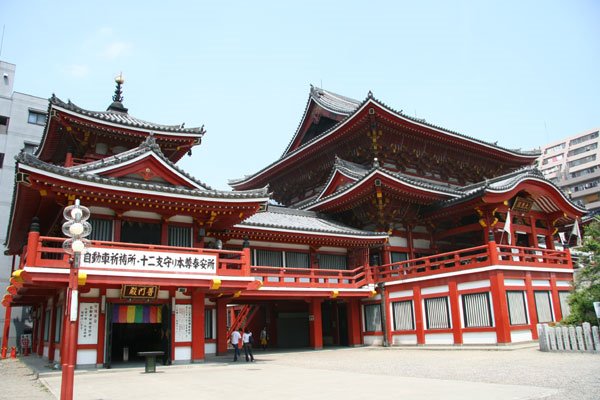
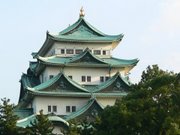
No comments:
Post a Comment